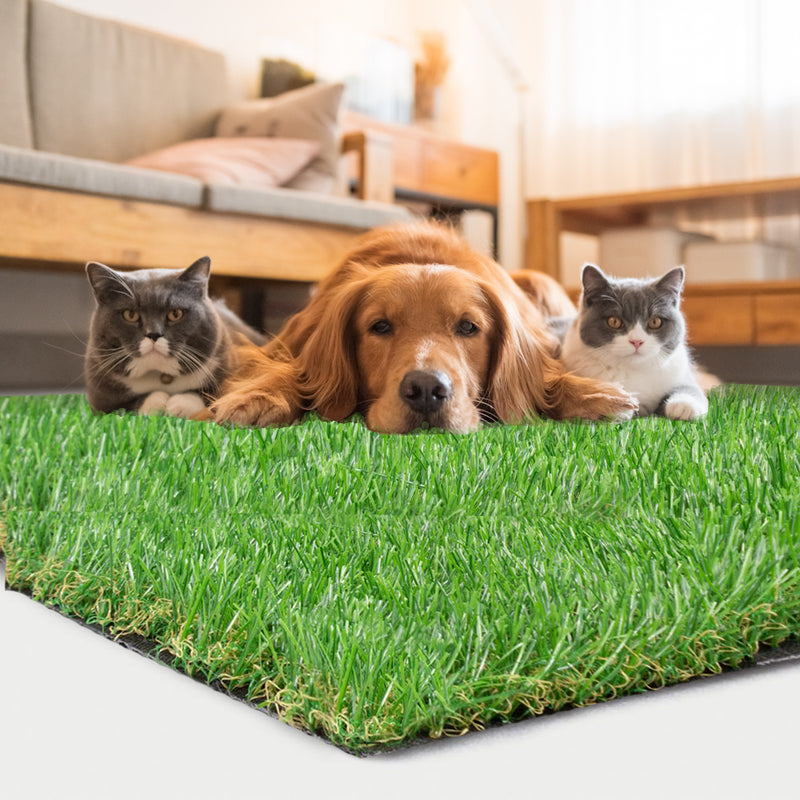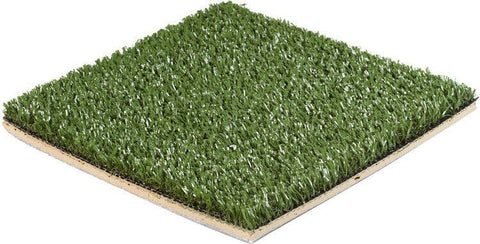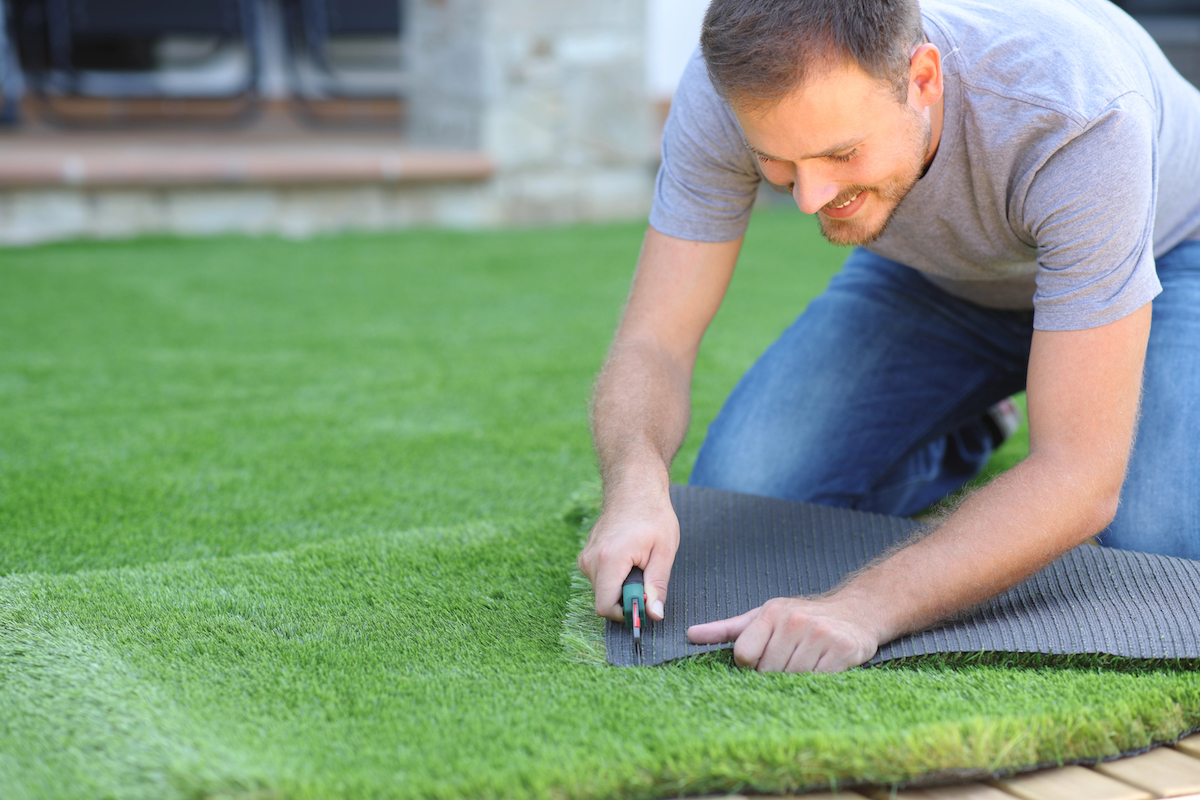Delve Into the Environmental Conveniences of Opting for Artificial Grass Solutions
The fostering of synthetic grass remedies offers a compelling chance to deal with pushing ecological obstacles. By dramatically decreasing water use and reducing the application of harmful chemicals, these options not only promote sustainable landscaping however likewise shield neighborhood communities. The lower carbon impact connected with lowered upkeep tasks adds to a more lasting technique to land monitoring. The implications of these benefits prolong beyond plain conservation initiatives, raising inquiries about their lasting impact on environment conservation and overall environmental equilibrium. Checking out these measurements reveals a complex interaction worth considering.
Water Preservation Advantages
Among the most substantial advantages of artificial turf is its capability to save water. Traditional turf lawns require significant watering, especially in areas vulnerable to dry spell or water limitations. On the other hand, synthetic turf does not require watering, dramatically lowering the total need for water resources. This feature is specifically valuable in dry areas where water scarcity is a pressing issue.
By eliminating the demand for routine watering, synthetic grass adds to sustainable landscape techniques and helps minimize the environmental effect of extreme water intake. The preservation of water extends to the reduction of runoff, which can lead to soil disintegration and river pollution.
Additionally, the installment of synthetic grass permits municipalities and property owners to assign water resources a lot more efficiently, concentrating on crucial usages such as drinking water and agriculture. The change in the direction of artificial turf not only promotes accountable water use but likewise straightens with more comprehensive ecological goals targeted at maintaining natural deposits.
As areas significantly focus on sustainability, the water preservation advantages of fabricated lawn provide an engaging instance for its fostering in household and business landscape design jobs.
Minimized Chemical Use
The change to man-made grass dramatically lowers the dependence on chemical therapies frequently utilized in natural grass maintenance. Conventional turf monitoring usually includes the application of herbicides, chemicals, and fertilizers to promote growth and control insects. These chemicals can position risks to human wellness, regional wildlife, and the environment, adding to dirt and water contamination.
In comparison, synthetic lawn eliminates the need for these harmful compounds. By decreasing the release of artificial compounds right into the ecosystem, man-made lawn advertises healthier dirt and water systems.
Moreover, the absence of chemical overflow connected with artificial grass installments aids secure neighborhood waterways from contamination, sustaining aquatic life and preserving biodiversity. Arizona turf. As communities progressively focus on lasting practices, choosing man-made lawn presents a feasible solution that aligns with environmental conservation objectives. Through this shift, residential or commercial property owners can take pleasure in lavish eco-friendly areas without jeopardizing environmental wellness, paving the means for a much more lasting future
Reduced Carbon Footprint

Furthermore, the setup of synthetic grass can result in substantial water conservation. Natural lawns need significant amounts of water for irrigation, which not only includes in the carbon impact related to water extraction and therapy however also strains local water sources. In comparison, fabricated lawn requires marginal maintenance, requiring no watering, thereby considerably decreasing water usage and its linked power expenses.
Additionally, the click now longevity of man-made lawn adds to its lower carbon effect. With a life expectancy of approximately 15 years or more, the demand for constant substitutes is decreased, leading to less waste and lower power intake in manufacturing and disposing of conventional grass choices. Generally, synthetic grass provides a sustainable alternative for ecologically conscious landscape design.
Habitat Preservation
Habitat conservation is an important factor to consider in the discussion over why not check here landscape design choices, specifically when comparing synthetic grass to all-natural lawn. Natural lawn lawns commonly require extensive upkeep, including the usage of herbicides, plant foods, and pesticides, which can negatively influence neighborhood communities. These chemicals can seep into the soil and rivers, hurting native vegetation and fauna and interfering with local environments.
Man-made turf removes the requirement for damaging chemicals, thus protecting neighboring wildlife and preserving the stability of surrounding environments. The installment of man-made lawn can lead to the conversion of previous turf areas into more biodiverse landscapes, such as pollinator yards or indigenous plant locations, which can sustain neighborhood wild animals.
Eventually, the transition to synthetic grass not just saves water and decreases maintenance efforts however additionally cultivates a much more harmonious connection in between human activities and the natural environment, advertising environment preservation while doing so.
Long-Term Sustainability
Long-lasting sustainability is a vital aspect in evaluating the advantages of synthetic grass over conventional grass lawns. One of one of the most considerable advantages of man-made turf is its toughness; it can last approximately 15-20 years with marginal upkeep, whereas all-natural lawn requires constant reseeding and replacement. This long life decreases the need for constant sources, such as water, fertilizers, and chemicals, which are vital for maintaining a healthy yard yard.
Additionally, synthetic grass adds to a reduction in carbon emissions related to yard treatment equipment. Traditional yards often require gas-powered mowers, leaners, and blowers, all of which add to air contamination. Phoenix turf companies. On the other hand, synthetic grass gets rid of the demand for such equipment, hop over to here advertising a cleaner environment
Furthermore, the manufacturing of artificial grass increasingly uses recycled products, boosting its sustainability profile. As producers adopt environment-friendly practices, the environmental footprint of synthetic grass continues to reduce.

Verdict
The adoption of synthetic grass solutions offers considerable environmental benefits, consisting of considerable water preservation, minimized dependence on unsafe chemicals, and a lower carbon impact. Moreover, synthetic grass aids in protecting natural environments by decreasing land disruption and promoting long-lasting sustainability via the use of sturdy materials. Collectively, these elements emphasize the potential of synthetic grass to add positively to environmental wellness and provide a sensible alternative to conventional landscape design methods in a progressively resource-conscious world.
In contrast, man-made lawn does not require watering, significantly minimizing the total need for water sources. By minimizing the release of artificial substances right into the ecosystem, synthetic lawn promotes healthier soil and water systems.
Additionally, the setup of man-made grass can result in significant water preservation. In comparison, fabricated lawn requires marginal upkeep, calling for no watering, therefore dramatically lowering water use and its associated power prices.
